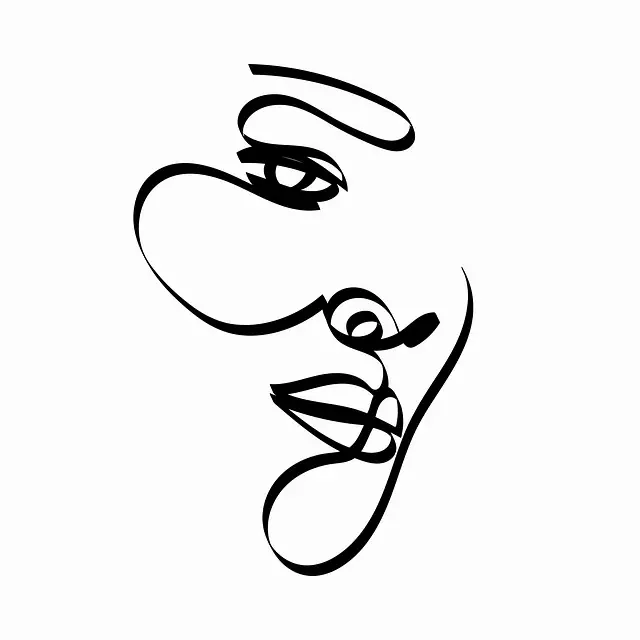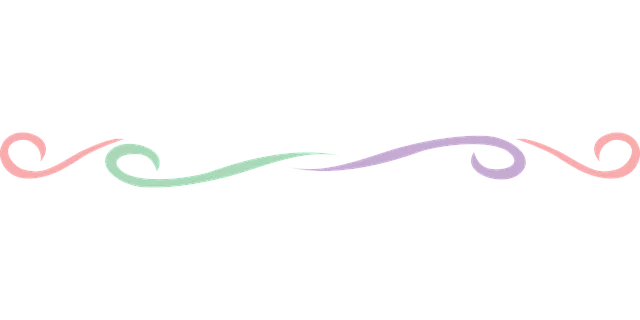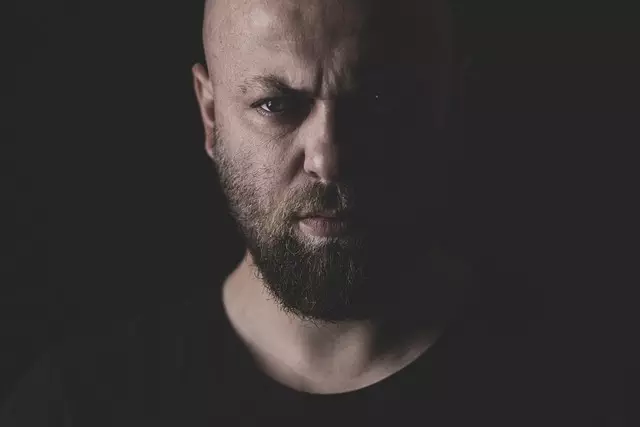Botox injections are a popular, non-surgical solution for reducing forehead lines and frown lines by temporarily paralyzing muscles responsible for wrinkles. With minimal downtime, it offers a safe, effective way to combat dynamic expression lines, providing a smoother, more youthful appearance. Results typically last 3-6 months, requiring touch-up treatments. Choosing a qualified provider with experience, research, and proper hygiene is crucial. Post-treatment care involves rest and avoiding strenuous activities for 24 hours. Patient stories highlight Botox's effectiveness in treating these specific concerns naturally.
“Uncover the secrets to achieving a youthful glow with our comprehensive guide to Botox for forehead lines and frown lines. This article delves into the science behind these common concerns, offering a detailed look at ‘Understanding Forehead Lines and Frown Lines’. We explore how Botox treatments can effectively reduce wrinkles, smoothen skin, and provide long-lasting results. From the safety considerations and potential side effects to step-by-step treatment processes and patient success stories, this guide is your ultimate resource for making informed decisions about Botox for laugh lines.”
Understanding Forehead Lines and Frown Lines: A Comprehensive Guide

Forehead lines, often referred to as expression lines or glabella wrinkles, are vertical creases that appear between the eyebrows. These lines can become more pronounced over time due to repeated muscle contractions during frowning and other facial expressions. Understanding the nature of these lines is crucial when considering Botox for forehead lines and frown lines.
Frown lines, also known as vertical rhytids, develop in the area directly above the upper lip. They form when the muscles beneath the skin contract, leading to temporary deepening of existing wrinkles or the formation of new ones. Both forehead lines and frown lines can be addressed with Botox injections, which work by temporarily paralyzing the muscles responsible for these contractions, thus reducing the appearance of wrinkles.
The Role of Botox in Reducing Wrinkles

Botox has emerged as a popular and effective solution for reducing the appearance of wrinkles, particularly in the form of forehead lines and frown lines. Its key mechanism involves temporarily paralyzing specific muscles responsible for causing facial creases. By blocking these muscles from contracting, Botox prevents the formation of wrinkles, offering a smoother and more youthful complexion.
This non-surgical procedure has gained significant traction due to its minimal downtime and impressive results. When administered by a qualified professional, Botox can significantly lessen the depth and visibility of both dynamic (caused by facial expressions) and static wrinkles. This makes it an appealing option for individuals seeking a subtle yet effective anti-aging treatment without the need for extensive surgical procedures.
How Botox Works to Smoothen Skin

Botox, a protein derived from bacteria, has become a popular non-surgical treatment for wrinkles, particularly targeting forehead lines and frown lines. Its mechanism of action involves blocking nerve signals that cause muscle contractions, which over time lead to dynamic wrinkling. When injected into specific areas of the face, Botox prevents these muscles from tightening, resulting in a smoother complexion.
This process allows the skin to appear more youthful and relaxed. By relaxing the muscles responsible for creasing the skin, Botox effectively reduces the depth and visibility of expression lines, providing a subtle yet noticeable improvement. It’s important to note that results can vary among individuals, depending on factors like muscle structure, skin type, and lifestyle habits.
Benefits of Using Botox for Laugh Lines

Botox has emerged as a popular, non-invasive solution for those seeking to reduce the appearance of forehead lines and frown lines, commonly known as laugh lines. Its primary benefit lies in its ability to temporarily paralyse muscles responsible for creasing the skin, thereby smoothing out these telltale signs of ageing. This treatment offers a significant advantage over surgical procedures by providing a more subtle and natural-looking result, with minimal downtime.
Furthermore, Botox is highly versatile, addressing not only expression lines but also contributing to a general rejuvenated appearance. Many patients appreciate the added confidence boost that comes from looking younger and achieving a more relaxed facial expression. With consistent treatments, individuals can enjoy prolonged results, allowing them to maintain their youthful glow.
Safety Considerations and Potential Side Effects

When considering Botox for forehead lines and frown lines, it’s crucial to understand safety considerations and potential side effects. The procedure is generally safe when performed by a qualified healthcare provider, but like any medical treatment, there are risks involved. Localized soreness, redness, or swelling at the injection site are common temporary side effects that usually subside within a few days.
Less commonly, patients may experience headaches, muscle weakness around the mouth or eyes, or difficulty swallowing. In rare cases, more serious complications such as an allergic reaction or infection can occur. It’s important to discuss these potential risks and benefits openly with your healthcare provider before proceeding with any Botox treatment for laugh lines or other expression lines.
The Botox Treatment Process: Step-by-Step

The process of Botox treatment for both forehead lines and frown lines is a simple, non-invasive procedure. It typically begins with a consultation where your dermatologist or aesthetic specialist assesses your skin, understands your concerns, and determines the appropriate amount of Botox needed. During the actual treatment, a fine needle is used to inject small amounts of Botox into specific muscle groups responsible for creating wrinkles. This procedure is usually quick, often taking less than 30 minutes, and is generally well-tolerated with minimal discomfort.
After the injections, there may be slight redness or swelling at the injection sites, but these side effects are temporary and subside within a few days. Patients can resume their normal activities immediately after treatment. It’s important to remember that results from Botox for forehead and frown lines typically last between 3-6 months, after which time a touch-up treatment may be needed to maintain the desired effect.
Choosing the Right Provider for Your Botox Injection

Choosing the right provider for your Botox injection is a crucial step in ensuring the best results for your forehead lines and frown lines. Look for a qualified, board-certified dermatologist or plastic surgeon with extensive experience in cosmetic procedures. Check their credentials, read patient reviews, and inquire about their approach to treatment. A reputable provider will offer personalized consultations, explaining the procedure, potential risks, and expected outcomes. They should also provide before-and-after examples to give you a realistic expectation of what to expect.
Additionally, consider factors like the clinic’s hygiene standards, the technology used, and the type of Botox product offered. Reputable providers adhere to strict safety protocols and use high-quality, approved products. They will take the time to understand your concerns, answer all your questions, and address any apprehensions you may have. This personalized approach ensures that you receive the best possible care for achieving a natural, youthful appearance without compromising on safety or effectiveness.
Maintenance and Follow-up Care After Botox Treatment

After receiving Botox treatments for forehead lines and frown lines, proper maintenance and follow-up care are essential to maximize results and ensure overall satisfaction. It’s crucial to avoid strenuous activities or massaging the treated areas for at least 24 hours following the procedure to prevent disrupting the injection sites. During this period, keep the face rested and steer clear of hot beverages or exercises that could cause facial contortions.
Regular check-ins with your dermatologist or healthcare provider are vital to monitor the progress and address any concerns promptly. They may recommend specific skincare routines, such as using gentle, hydrating products, to support the healing process and maintain the smooth, youthful appearance achieved through Botox for laugh lines. Following their guidance will help prolong the treatment’s effects and ensure a positive outcome in the long term.
Real Patient Stories: Sharing Experiences with Botox for Forehead and Frown Lines

Many patients seeking Botox treatments share their real-life experiences, highlighting the transformative power of this non-invasive procedure for addressing forehead lines and frown lines. These stories offer a unique perspective, showcasing how Botox can help reduce the appearance of wrinkles and boost confidence. One patient, Sarah, 38, noted, “I’ve always been self-conscious about my deep forehead creases, but after several Botox sessions, I feel more comfortable in my own skin.” She went on to describe the minimal downtime and satisfying results that allowed her to regain a youthful appearance without drastic measures.
Another patient, David, 45, shared his journey with chronic frown lines, which he managed through regular Botox injections. “It’s amazing how a simple treatment can make such a difference,” he said. “The process is quick, and the results are natural-looking. I can now go about my day without worrying about my expression making me look older.” These narratives not only emphasize the effectiveness of Botox for forehead and frown lines but also underscore its ability to enhance one’s overall well-being by boosting self-esteem and confidence in their appearance.
